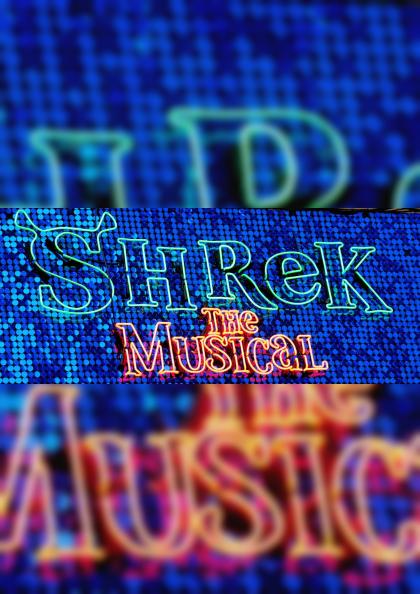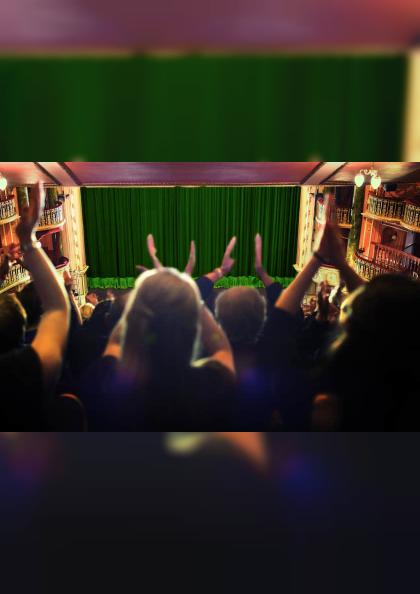The Power of Visual Storytelling: How Art Conveys Meaning and Emotion
Art has long been recognized as a powerful medium for storytelling, capable of conveying complex emotions, ideas, and narratives through visual imagery. From ancient cave paintings to contemporary masterpieces, artists have used their creative talents to capture the essence of the human experience and evoke profound emotional responses in viewers. In this guide, we'll delve into the transformative power of visual storytelling, exploring how art communicates meaning and emotion in ways that transcend language and cultural barriers.
The Power of Visual Storytelling: How Art Conveys Meaning and Emotion
Art has long been recognized as a powerful medium for storytelling, capable of conveying complex emotions, ideas, and narratives through visual imagery. From ancient cave paintings to contemporary masterpieces, artists have used their creative talents to capture the essence of the human experience and evoke profound emotional responses in viewers. In this guide, we'll delve into the transformative power of visual storytelling, exploring how art communicates meaning and emotion in ways that transcend language and cultural barriers.


Evoking Emotion Through Color
Color is a fundamental element of visual storytelling, with each hue carrying its own symbolic significance and emotional resonance. Artists use color to evoke mood, atmosphere, and emotion, whether it's the vibrant hues of a sunny landscape or the somber tones of a melancholy portrait. By carefully selecting and manipulating color palettes, artists can imbue their works with depth, richness, and emotional impact, eliciting a range of responses from viewers.
Evoking Emotion Through Color
Color is a fundamental element of visual storytelling, with each hue carrying its own symbolic significance and emotional resonance. Artists use color to evoke mood, atmosphere, and emotion, whether it's the vibrant hues of a sunny landscape or the somber tones of a melancholy portrait. By carefully selecting and manipulating color palettes, artists can imbue their works with depth, richness, and emotional impact, eliciting a range of responses from viewers.
Capturing Moments in Time
Visual storytelling has the power to freeze moments in time, preserving fleeting emotions, gestures, and expressions for eternity. Whether it's a joyful celebration, a moment of introspection, or a scene of quiet contemplation, art has the ability to capture the essence of the human experience with striking clarity and immediacy. Through composition, perspective, and narrative detail, artists transport viewers into the heart of the action, inviting them to share in the emotional journey unfolding before their eyes.
Symbolism and Allegory
Symbolism and allegory are powerful tools in the artist's arsenal, allowing them to convey deeper layers of meaning and emotion beneath the surface of their work. From ancient myths and religious iconography to contemporary allegorical narratives, artists use symbols, metaphors, and visual cues to explore universal themes and truths about the human condition. By tapping into the collective unconscious and universal archetypes, artists create works that resonate with viewers on a profound and timeless level.
Narrative Composition
Composition plays a crucial role in visual storytelling, guiding the viewer's gaze and shaping the narrative flow of the artwork. Through careful arrangement of elements such as line, shape, form, and space, artists create dynamic compositions that draw viewers into the scene and convey a sense of movement, tension, or resolution. Whether it's the sweeping curves of a landscape or the intimate interplay of figures in a portrait, composition helps to shape the narrative arc of the artwork and engage viewers on an emotional level.
Capturing Moments in Time
Visual storytelling has the power to freeze moments in time, preserving fleeting emotions, gestures, and expressions for eternity. Whether it's a joyful celebration, a moment of introspection, or a scene of quiet contemplation, art has the ability to capture the essence of the human experience with striking clarity and immediacy. Through composition, perspective, and narrative detail, artists transport viewers into the heart of the action, inviting them to share in the emotional journey unfolding before their eyes.
Symbolism and Allegory
Symbolism and allegory are powerful tools in the artist's arsenal, allowing them to convey deeper layers of meaning and emotion beneath the surface of their work. From ancient myths and religious iconography to contemporary allegorical narratives, artists use symbols, metaphors, and visual cues to explore universal themes and truths about the human condition. By tapping into the collective unconscious and universal archetypes, artists create works that resonate with viewers on a profound and timeless level.
Narrative Composition
Composition plays a crucial role in visual storytelling, guiding the viewer's gaze and shaping the narrative flow of the artwork. Through careful arrangement of elements such as line, shape, form, and space, artists create dynamic compositions that draw viewers into the scene and convey a sense of movement, tension, or resolution. Whether it's the sweeping curves of a landscape or the intimate interplay of figures in a portrait, composition helps to shape the narrative arc of the artwork and engage viewers on an emotional level.
Expressive Techniques and Styles
Artists employ a wide range of expressive techniques and styles to convey meaning and emotion in their work. From the bold brushstrokes of Impressionism to the meticulous detail of Realism, each artistic style offers its own unique language for storytelling. Whether it's the raw intensity of Abstract Expressionism or the dreamlike surrealism of Magic Realism, artists use their chosen techniques to evoke visceral emotional responses and transport viewers into their imagined worlds.
Expressive Techniques and Styles
Artists employ a wide range of expressive techniques and styles to convey meaning and emotion in their work. From the bold brushstrokes of Impressionism to the meticulous detail of Realism, each artistic style offers its own unique language for storytelling. Whether it's the raw intensity of Abstract Expressionism or the dreamlike surrealism of Magic Realism, artists use their chosen techniques to evoke visceral emotional responses and transport viewers into their imagined worlds.


Inviting Viewer Interpretation
One of the most powerful aspects of visual storytelling is its ability to invite viewer interpretation and engagement. Unlike other forms of narrative storytelling, which unfold in a linear fashion, visual narratives are open to multiple interpretations and perspectives. Viewers bring their own experiences, emotions, and cultural backgrounds to the viewing experience, enriching the artwork with layers of personal meaning and significance. This interactive dialogue between artist and viewer creates a dynamic exchange of ideas and emotions, enriching the storytelling experience for all involved.
Visual storytelling is a profound and transformative form of artistic expression, capable of transcending language and cultural barriers to convey meaning and emotion in its purest form. Whether through color, composition, symbolism, or style, artists harness the power of visual imagery to capture the essence of the human experience and invite viewers on an emotional journey of discovery and enlightenment. By exploring the rich tapestry of visual storytelling, we gain a deeper appreciation for the transformative power of art and its ability to touch hearts, stimulate minds, and inspire change in the world.
Inviting Viewer Interpretation
One of the most powerful aspects of visual storytelling is its ability to invite viewer interpretation and engagement. Unlike other forms of narrative storytelling, which unfold in a linear fashion, visual narratives are open to multiple interpretations and perspectives. Viewers bring their own experiences, emotions, and cultural backgrounds to the viewing experience, enriching the artwork with layers of personal meaning and significance. This interactive dialogue between artist and viewer creates a dynamic exchange of ideas and emotions, enriching the storytelling experience for all involved.
Visual storytelling is a profound and transformative form of artistic expression, capable of transcending language and cultural barriers to convey meaning and emotion in its purest form. Whether through color, composition, symbolism, or style, artists harness the power of visual imagery to capture the essence of the human experience and invite viewers on an emotional journey of discovery and enlightenment. By exploring the rich tapestry of visual storytelling, we gain a deeper appreciation for the transformative power of art and its ability to touch hearts, stimulate minds, and inspire change in the world.





























